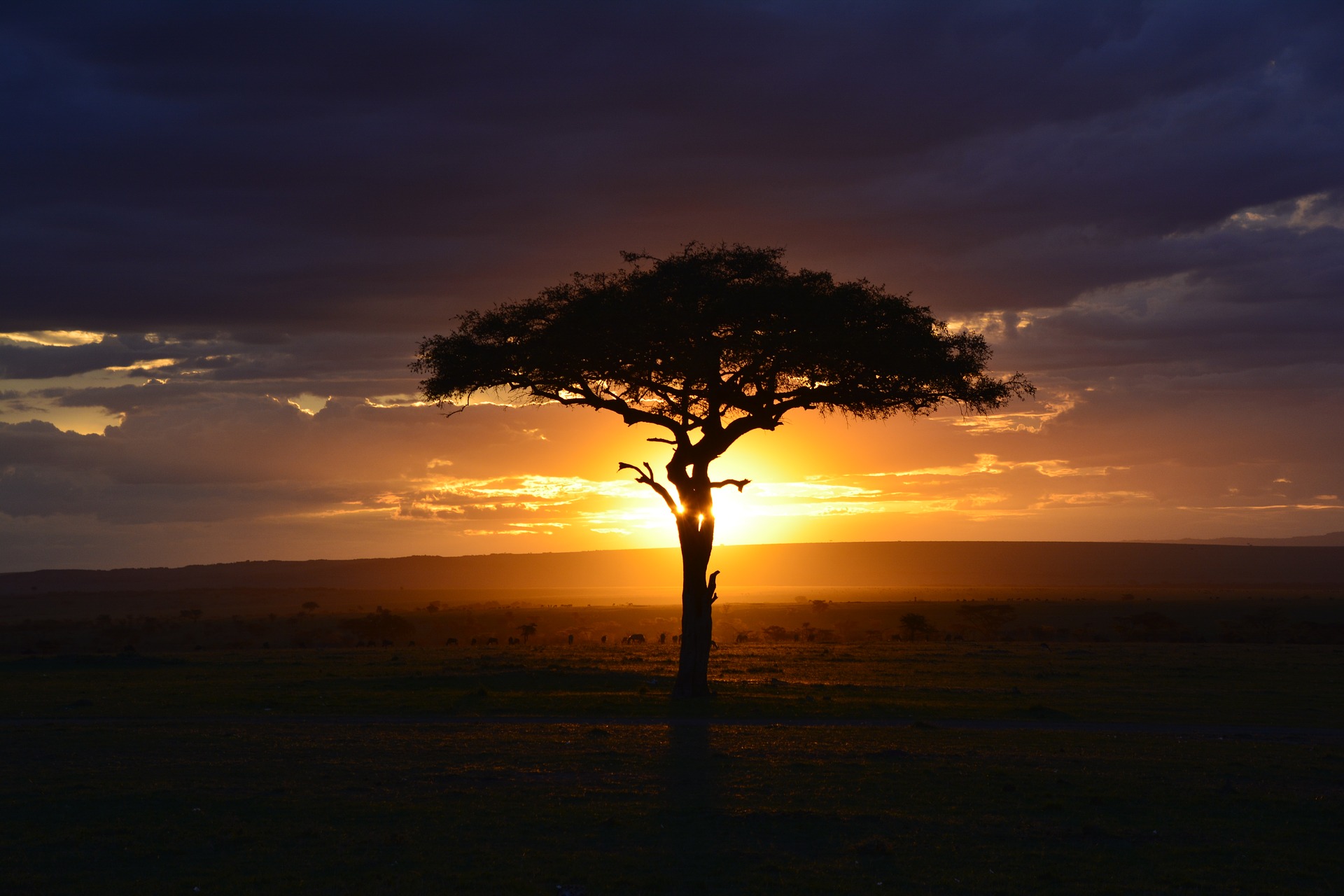Kenyan Farmers Reap Economic, Environmental Gains from ABCDs of Agroforestry
Author: Sophie Mbugua | Published: December 4, 2017
KERICHO, Kenya – Less than a decade ago, the hills of Tuiyobei village in Kenya’s Rift Valley were nearly bare, with few trees or shrubs beyond the coffee plantations that yielded very little. The rain was sporadic, temperatures were rising, and crop yields and livelihoods were deteriorating. High deforestation triggered by increasing demand for firewood, lumber and charcoal had degraded the ecosystem.
These factors, plus high erosion rates after rains and chaotic winds, prompted Maureen Salim and five others to form the Toben Gaa self-help group to improve their standard of living through environmental conservation.
Some in this community are descended from the Ogiek people, a group indigenous to the Mau Forest. But they no longer practice the traditional ways of their forefathers, like gathering honey, and instead farm the land, like their neighbors. To improve their food security and nutrition, Salim says the group has embraced trees.
“We came up with a community action plan to plant 50 trees a year per household as access to energy, wind [protection] for the coffee, and improving the village vegetation cover by 10 percent,” the 32-year-old mother of five and Toben Gaa self-help group secretary told Mongabay.
The action plan came as a result of training in the Asset-Based Community Development (ABCD) approach by the World Agroforestry Centre (ICRAF). The group has now grown to 46 members, 22 of them women. ABCD aims to empower communities to develop themselves through the assets they already have access to, along with some minimal support such as the sharing of skills and knowledge.
Today, trees species such as acacias, Casuarina, silky oak (Grevillea robusta), Nile tulip (Markhamia lutea), moringa (Moringa oleifera), agati (Sesbania grandiflora), neem (Azadirachta Indica), Tasmanian blue gum (Eucalyptus globulus) and mwalambe(Terminalia brownii) are intercropped with coffee, fruit trees such as guavas and tree tomatoes, and crops such as maize, beans, watermelons, papayas and pumpkins. Depending on an individual farmer’s interests, animal fodder such as Calliandra plus Boma Rhodes and Napier grasses are also intercropped. Others invest in woodlots for lumber and charcoal. Silky oak is widely planted along farm boundaries, with mwalambe grown in higher areas susceptible to soil erosion.
The Food and Agriculture Organization of the United Nations (FAO) states that by 2050, food production will have to increase by over 60 percent to meet the increasing global demand for food, as the world’s population swells to 9.3 billion people. The FAO recognizes agroforestry — farming using trees — as one of the means to help meet the rising demands for food and fuel.
Trees also store carbon dioxide and improve microclimates through the capture of moisture, and improve soil fertility as leaves fall and decompose, while providing habitats for creatures such as birds, insects and fungi, as well as providing shade and shelter from wind for animals, plants and humans.

